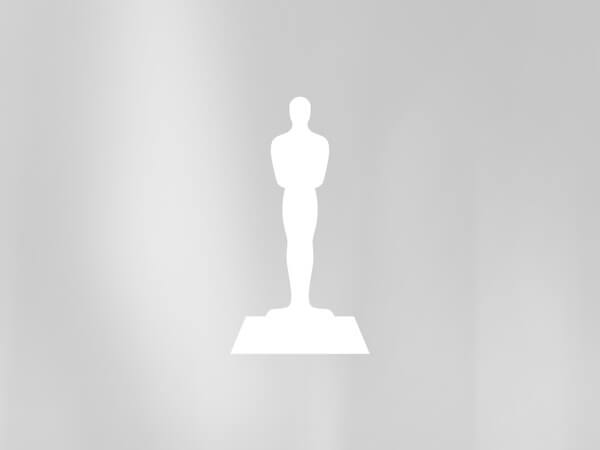

Bing Theater
Los Angeles County Museum of Art
5905 Wilshire Blvd
Los Angeles, CA 90036
In 1962, Welles described his film adaptation of Franz Kafka’s portrait of paranoia as “the best film I have ever made.” Anthony Perkins, fresh off his career-defining role as Norman Bates in Alfred Hitchcock’s Psycho, is Josef K, an office drone who finds his world turned upside down after being accused of unspecified crimes.
Anthony Perkins and Orson Welles in "The Trial".
Filled with such top European stars as Jeanne Moreau, Romy Schneider, Elsa Martinelli and Suzanne Flon — as well as familiar character actors like Akim Tamiroff and Michel Lonsdale — and Welles himself as Hastler the advocate, The Trial is as visually striking as anything in the director’s oeuvre. Perkins’s cavernous office floor makes the insurance offices from Billy Wilder’s The Apartment look like a storage closet. It wouldn’t be a Welles film without production problems, however, and after money ran out before he could build sets at Paris’s Bois de Boulogne studios, Welles shot interiors in a deserted Paris railway station and exteriors in Yugoslavia. Despite the difficulties, critics rank the film high among the director’s output, calling it “his creepiest and most disturbing work” (Jonathan Rosenbaum); “above all a visual achievement, an exuberant use of camera placement and movement and inventive lighting” (Roger Ebert); and even “his most touching film” (Wesley Morris).
1962, 118 minutes, black and white, 35mm | Written by Orson Welles, based on the novel by Franz Kafka; directed by Orson Welles; with Anthony Perkins, Jeanne Moreau, Romy Schneider, Elsa Martinelli, Suzanne Flon, Orson Welles, Akim Tamiroff, Madeleine Robinson, Arnoldo Foa.
ABOUT THE ESSENTIAL ORSON WELLES
Screen legend Orson Welles was a pioneering filmmaker and raffish public personality, best known for the remarkable achievement of Citizen Kane. This series presented by the Academy will focus on Welles as a trailblazing director, presenting nine of the 11 films completed in his lifetime (several of them screening in brand-new restorations). As a body of work, these films – from the serene grandeur of The Magnificent Ambersons to the noir intrigue of The Lady from Shanghai and Touch of Evil – reveal the dexterity and inventiveness of Welles's craftsmanship. The series will offer examples of his dazzling technical expertise, such as overlapping dialogue, potent bursts of montage and bravura cinematography, and explore the themes that fascinated him, from anti-heroes corrupted by power to the dangers of pursuing uncomfortable truths. These films are a testament to Welles the tireless visionary, who, whether in the lap of studio luxury or exiled in Zagreb, approached each motion picture as a mystery that only he could unravel.

